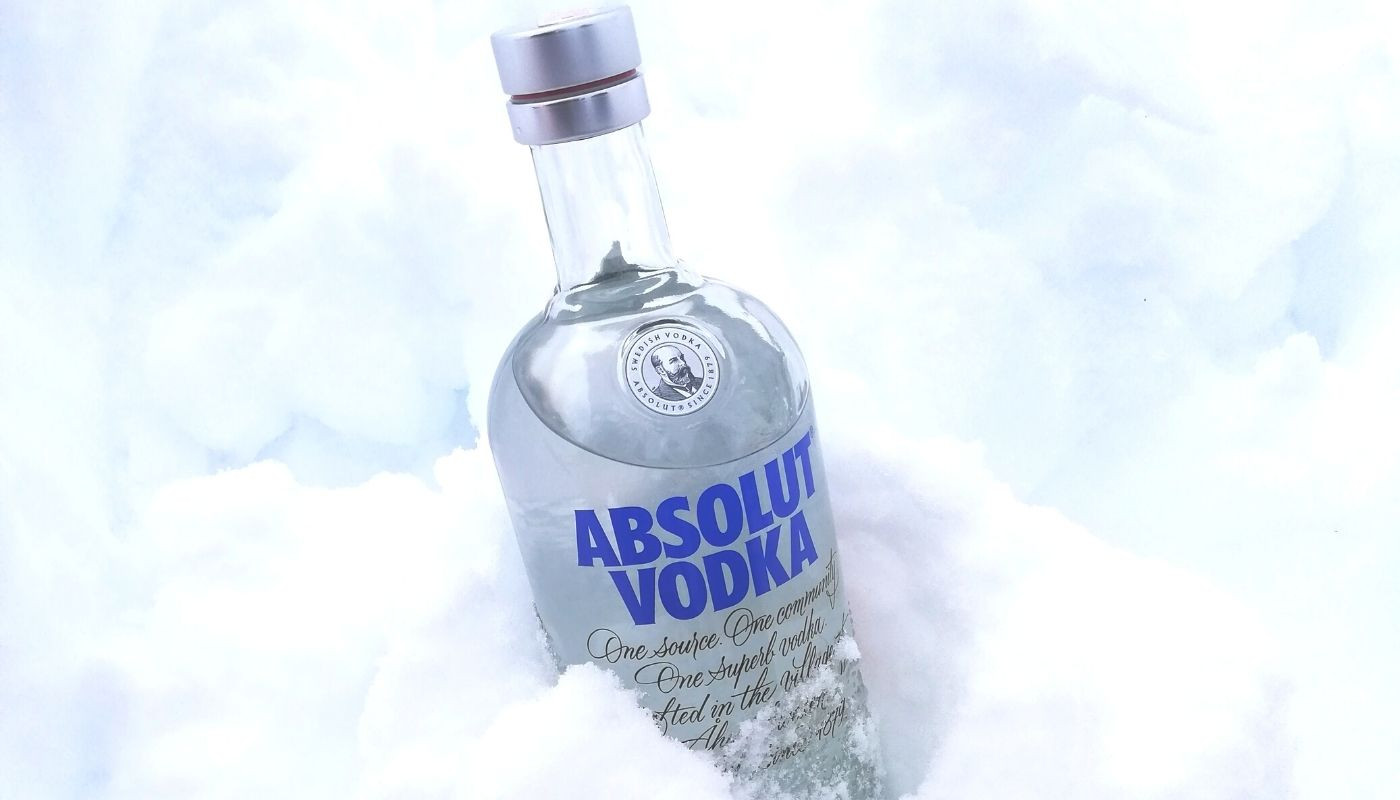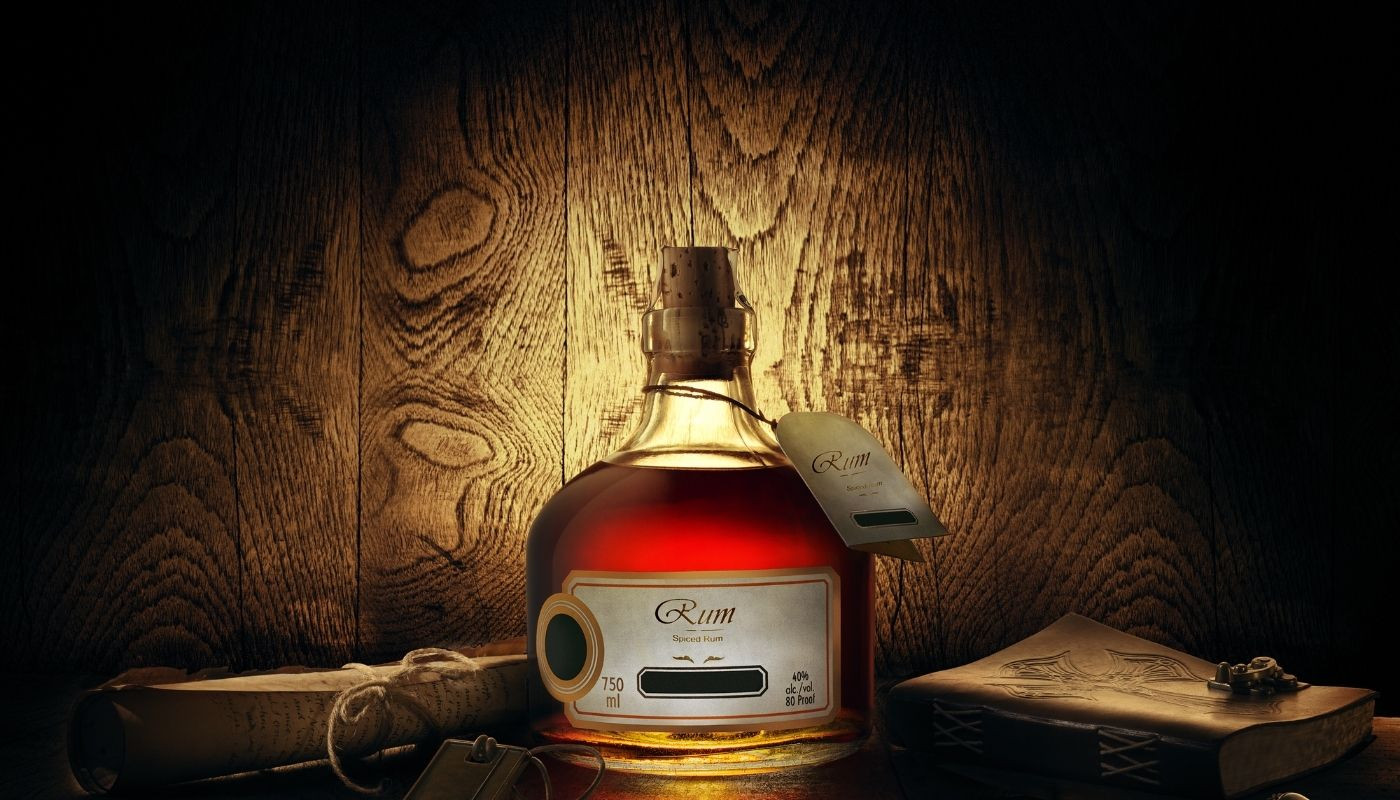What Is The Alcohol Percentage In Gin? Everything You Need To Know About This Classic Spirit
Have you ever wondered what makes gin such a popular choice among spirit enthusiasts? Well, part of its allure lies in its distinct flavor profile and, of course, its alcohol percentage. If you're diving into the world of gin, it's crucial to understand what you're sipping on. In this article, we'll break down everything about the alcohol content in gin and why it matters.
Let's face it, not everyone knows the exact alcohol percentage in gin. Some might think it's just another spirit with no real distinction, but that couldn't be further from the truth. Gin is a spirit that stands out, not only because of its juniper-forward taste but also due to its carefully regulated alcohol content.
Whether you're a seasoned drinker or a curious newbie, understanding the alcohol percentage in gin can help you make better choices when it comes to cocktails or sipping it neat. Stick around, because we're about to dive deep into the world of gin and its potent punch!
Read also:Shagmag The Ultimate Guide To Discovering The Hidden Gem
Why Does Alcohol Percentage in Gin Matter?
Alright, let's get down to business. The alcohol percentage in gin isn't just a random number on the bottle; it plays a significant role in shaping your drinking experience. For starters, gin is classified as a spirit, which means it has a higher alcohol by volume (ABV) compared to wine or beer. But why does this matter?
First off, the alcohol percentage affects how strong the drink feels. A higher ABV can enhance the flavors of the botanicals in gin, making it more robust and intense. On the flip side, a lower ABV might result in a smoother, more approachable sip. It all depends on your preference and what you're mixing it with.
What is the Standard Alcohol Percentage in Gin?
So, what is the typical alcohol percentage in gin? Most gins fall within the range of 37.5% to 50% ABV. This range is not arbitrary; it's regulated by governing bodies like the European Union and the United States government to ensure consistency across brands.
For example, in the EU, gin must have a minimum ABV of 37.5%. In the U.S., the legal minimum is slightly lower at 40%. However, many craft distillers opt for higher percentages to deliver a bolder experience. It's all about finding the sweet spot between potency and flavor.
Types of Gin and Their Alcohol Content
Not all gins are created equal, and their alcohol percentages can vary depending on the type. Here's a quick breakdown:
- London Dry Gin: Known for its classic juniper flavor, London Dry Gin typically has an ABV of 40-47%.
- Plymouth Gin: This regional variety usually sits around 41.5% ABV, offering a slightly earthier taste.
- New Western-Style Gins: These modern gins often have a lower ABV, ranging from 37.5% to 40%, focusing more on floral and citrus notes.
- Naval Strength Gin: If you're looking for something stronger, Naval Strength Gin clocks in at 57% ABV, perfect for bold cocktails.
How Alcohol Percentage Affects Flavor
The alcohol percentage in gin doesn't just influence how strong it feels; it also impacts the flavor profile. Higher ABV gins tend to release more intense botanical aromas, while lower ABV options provide a softer, more delicate taste. It's all about striking the right balance.
Read also:Remoteiot Platform Download Your Ultimate Guide To Transforming Iot Deployment
For instance, if you're mixing a classic Martini, you might want a higher ABV gin to ensure the flavors shine through. On the other hand, a Gin & Tonic calls for a smoother gin, allowing the tonic to complement the botanicals without overpowering them.
How is Alcohol Percentage Measured in Gin?
Now that we know the importance of alcohol percentage in gin, let's talk about how it's measured. Alcohol by Volume (ABV) is the standard metric used worldwide to express the alcohol content in spirits. It represents the percentage of ethanol in the liquid.
Distillers use hydrometers and other scientific tools to measure the ABV during the production process. This ensures that the final product meets the legal requirements and delivers the desired taste experience. It's a meticulous process that requires precision and expertise.
Factors Affecting Alcohol Percentage in Gin
Several factors can influence the alcohol percentage in gin:
- Distillation Process: The type of still used and the number of distillations can affect the final ABV.
- Botanicals: The choice and quantity of botanicals can impact the flavor and alcohol content.
- Dilution: After distillation, water is often added to bring the gin down to its desired ABV.
Each of these elements plays a role in crafting the perfect gin, ensuring that the alcohol percentage aligns with the intended taste profile.
Health Implications of Gin's Alcohol Percentage
Let's talk about the elephant in the room: health. The alcohol percentage in gin can have implications for your well-being. While moderate consumption is generally considered safe for most people, excessive drinking can lead to negative health effects.
Studies show that spirits with higher ABV, like Naval Strength Gin, can increase the risk of alcohol-related issues if consumed irresponsibly. That's why it's important to be mindful of your intake and enjoy gin in moderation.
Tips for Responsible Drinking
Here are some tips to help you enjoy gin responsibly:
- Stick to recommended serving sizes.
- Pair your gin with non-alcoholic mixers to dilute the ABV.
- Stay hydrated by drinking water alongside your cocktails.
- Set limits and know when to stop.
Remember, it's all about balance. Enjoying gin in moderation allows you to savor its flavors without compromising your health.
How to Choose the Right Gin Based on Alcohol Percentage
With so many gins on the market, choosing the right one can feel overwhelming. Here's a simple guide to help you pick based on alcohol percentage:
- For beginners, opt for a gin with a lower ABV, around 37.5% to 40%, for a smoother experience.
- If you're a fan of bold flavors, go for a higher ABV gin, like London Dry or Naval Strength.
- Consider the cocktail you're making. Some recipes call for specific ABV ranges to achieve the desired taste.
Ultimately, it comes down to personal preference and what you're in the mood for. Don't be afraid to experiment and find your favorite!
Popular Gin Brands and Their ABV
Here's a quick rundown of some popular gin brands and their alcohol percentages:
- Gordons: 37.5% ABV
- Bombay Sapphire: 40% ABV
- Tanqueray: 47.3% ABV
- Hendrick's: 41.4% ABV
- Monkey 47: 47% ABV
Each brand offers a unique experience, so it's worth trying a few to see which one suits your palate.
Common Misconceptions About Gin's Alcohol Percentage
There are a few myths floating around about gin's alcohol percentage. Let's clear them up:
- Higher ABV Always Means Better Taste: Not necessarily. While higher ABV gins can be more intense, they aren't always better. It depends on your taste preferences.
- All Gins Have the Same ABV: False. As we've seen, different types of gin have varying alcohol percentages.
- Gin is Only for Cocktails: Wrong! Gin can be enjoyed neat or with a splash of tonic, showcasing its complex flavors.
Understanding these misconceptions can help you make more informed choices when it comes to gin.
Expert Insights on Gin's Alcohol Content
According to renowned mixologist Jane Doe, "The alcohol percentage in gin is a crucial factor in determining its character. Whether you're sipping it neat or mixing it into a cocktail, the ABV plays a significant role in how the flavors unfold." Her expertise in the field adds weight to the importance of understanding gin's alcohol content.
Experts like Jane emphasize the need for balance. "It's not about chasing the highest ABV; it's about finding the right gin for the occasion," she adds. This perspective aligns with the principle of responsible drinking and enjoying gin for its unique qualities.
Final Thoughts on the Alcohol Percentage in Gin
As we wrap up, let's recap the key points we've discussed:
- Gin's alcohol percentage typically ranges from 37.5% to 50% ABV.
- The type of gin and its intended use influence the ideal ABV.
- Responsible drinking is essential for enjoying gin safely.
- Experiment with different ABVs to find your favorite.
So, the next time you're at the bar or stocking your home bar, remember to consider the alcohol percentage in gin. It's a vital aspect of the spirit that can enhance your drinking experience. Don't forget to share this article with your friends and leave a comment below with your thoughts!
Here's to sipping responsibly and enjoying the world of gin!
Table of Contents
- Why Does Alcohol Percentage in Gin Matter?
- What is the Standard Alcohol Percentage in Gin?
- Types of Gin and Their Alcohol Content
- How Alcohol Percentage Affects Flavor
- How is Alcohol Percentage Measured in Gin?
- Factors Affecting Alcohol Percentage in Gin
- Health Implications of Gin's Alcohol Percentage
- How to Choose the Right Gin Based on Alcohol Percentage
- Common Misconceptions About Gin's Alcohol Percentage
- Expert Insights on Gin's Alcohol Content
Article Recommendations


